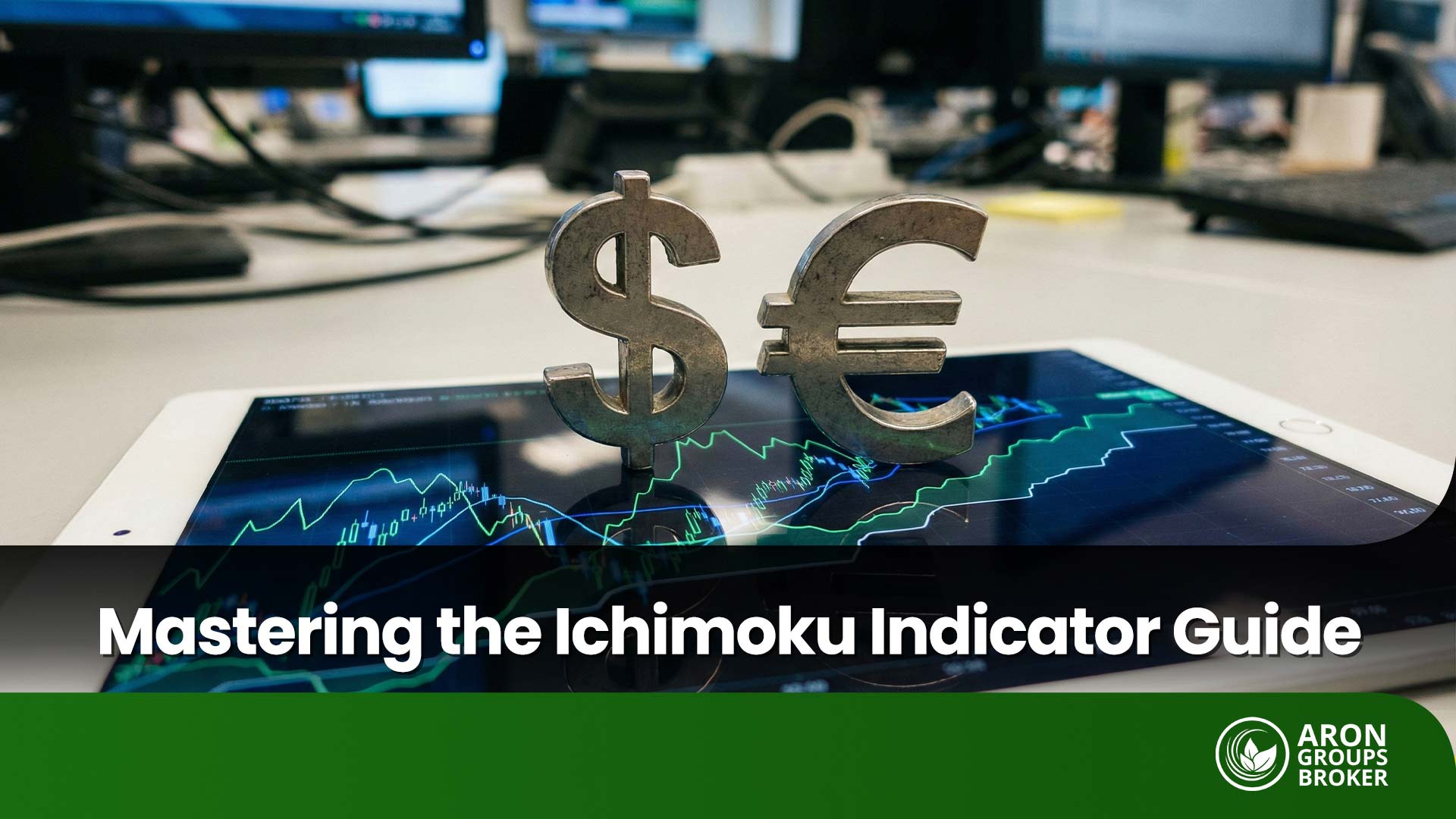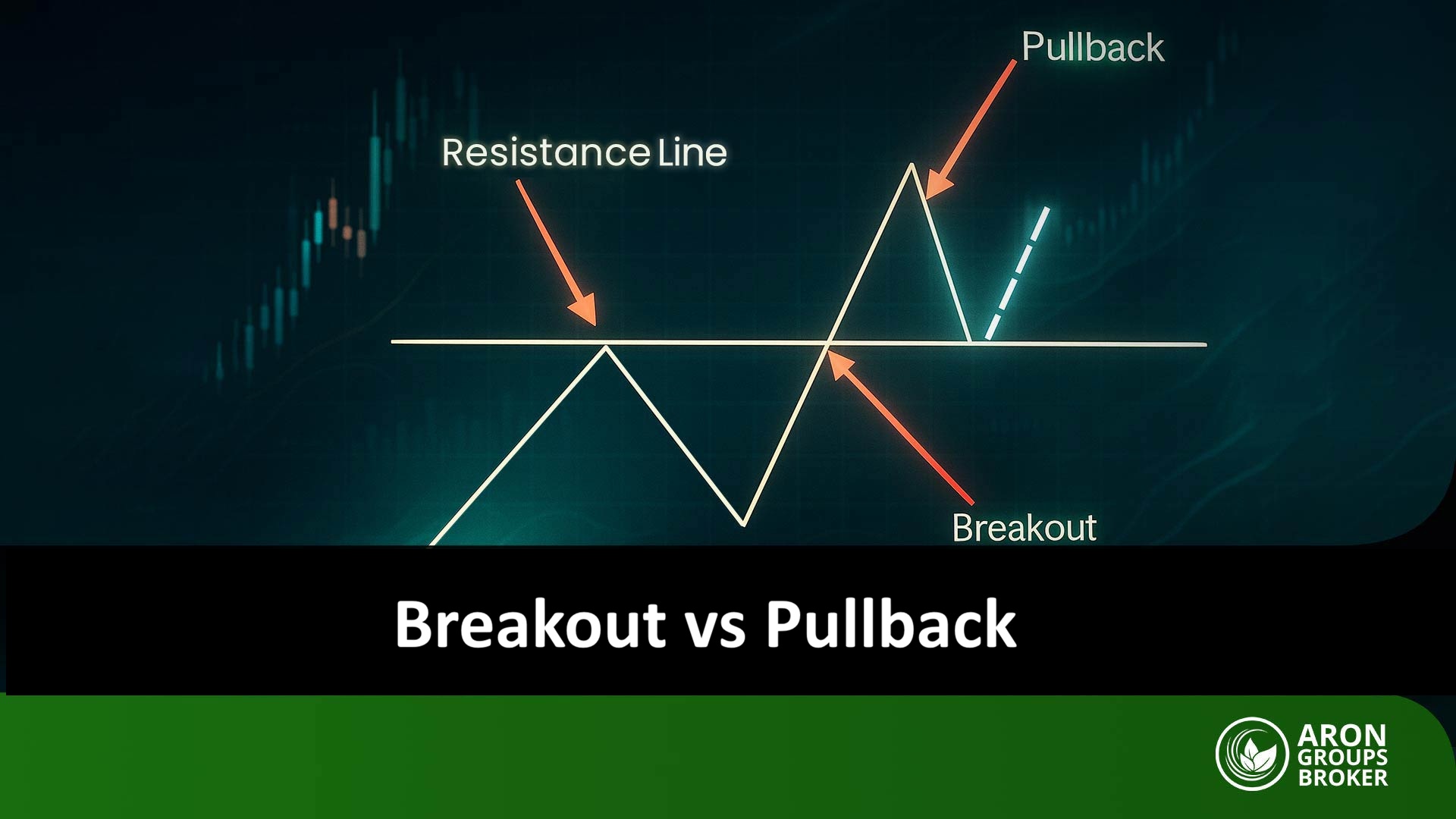In the name of God
The Role of Mining and Miners in the Cryptocurrency World
The cryptocurrency world has revolutionized the way we perceive and utilize digital currencies. At the heart of this digital revolution lies the concept of mining, where miners play a crucial role in ensuring the security and integrity of blockchain networks. In this article, we will explore the significance of mining, the role of miners, and the impact they have on the cryptocurrency ecosystem.

_ Understanding Mining :
Mining, in the context of cryptocurrencies, refers to the process of validating and verifying transactions on a blockchain network. It involves solving complex mathematical problems to add new blocks of transactions to the blockchain, thereby creating new units of the cryptocurrency. The most common consensus mechanism used in mining is known as Proof of Work (PoW), although other mechanisms such as Proof of Stake (PoS) are also gaining popularity.
_ some popular consensus mechanisms :
Here’s an overview of some popular consensus mechanisms used in blockchain networks:
- Proof of Work (PoW): PoW is the original consensus mechanism introduced by Bitcoin. Miners compete to solve complex mathematical puzzles using computational power. The first miner to solve the puzzle gets the right to add the next block to the blockchain and receives a reward. PoW is known for its security but requires significant computational resources and energy consumption.
- Proof of Stake (PoS): PoS selects block validators based on the number of cryptocurrency tokens they hold and are willing to “stake” as collateral. Validators are chosen in a deterministic manner and their chances of being selected increase with the number of tokens staked. PoS is more energy-efficient than PoW but can lead to centralization if a few participants control a large number of tokens.
- Delegated Proof of Stake (DPoS): DPoS introduces a voting-based system where token holders elect a limited number of delegates to validate transactions and produce blocks. These delegates take turns producing blocks, and their positions can be revoked through voting if they act maliciously. DPoS aims to achieve fast block confirmation times and scalability.
- Practical Byzantine Fault Tolerance (PBFT): PBFT is a consensus algorithm designed for permissioned blockchain networks. It requires a predetermined set of validators to agree on the order of transactions. PBFT provides high throughput and low latency but is more centralized since the validators are known and trusted entities.
- Proof of Authority (PoA): PoA relies on a set of reputable validators who are authorized to create blocks. Validators are typically known entities, and block creation rotates among them. PoA is energy-efficient as it doesn’t require significant computational power but sacrifices decentralization since validators are centralized.
- Proof of Elapsed Time (PoET): PoET is a consensus mechanism developed by Intel. Participants in the network wait for a randomly generated period, and the participant with the shortest wait time gets to create the next block. PoET aims to achieve distributed consensus without the need for extensive computational work.
- Proof of Capacity (PoC): PoC requires participants to demonstrate their storage capacity to mine blocks. Miners allocate a portion of their hard drive space to store pre-computed solutions, which are used to validate blocks. PoC is energy-efficient since it relies on storage space rather than computational power.
- Proof of Burn (PoB): PoB requires participants to prove that they have burned or destroyed a certain amount of cryptocurrency tokens. Participants demonstrate their commitment to the network by destroying tokens, and they are rewarded accordingly. PoB is used to distribute tokens fairly and reduce the influence of wealthy participants.
It’s worth noting that different blockchain networks may utilize variations or combinations of these consensus mechanisms, and new mechanisms continue to be developed to address scalability, security, and energy efficiency concerns in the evolving cryptocurrency landscape.

_ The Role of Miners :
Miners are individuals or entities that participate in the mining process. Their primary role is to use computational power to solve cryptographic puzzles that validate transactions and secure the network. By doing so, miners ensure that transactions are legitimate and prevent double-spending, where someone attempts to spend the same cryptocurrency units more than once.
Miners use specialized hardware, such as ASICs (Application-Specific Integrated Circuits) or GPUs (Graphics Processing Units), to perform the complex calculations required for mining. These computational resources consume significant amounts of electricity, making mining a resource-intensive process.
_ Rewards for Miners :
Miners are motivated to participate in the mining process through incentives, typically in the form of cryptocurrency rewards. When a miner successfully solves a cryptographic puzzle and adds a new block to the blockchain, they are rewarded with a predetermined amount of cryptocurrency. This reward serves as an incentive for miners to invest in the necessary hardware and bear the associated costs of mining.
In addition to the block rewards, miners may also receive transaction fees paid by users for including their transactions in the blockchain. Transaction fees serve as an additional incentive for miners and help prioritize transactions based on the fees offered.
_ Network Security and Decentralization :
Mining plays a vital role in ensuring the security and decentralization of blockchain networks. The consensus mechanism employed in mining makes it computationally expensive to attack or manipulate the network. As a result, the more miners that participate in the network, the more secure and resilient it becomes against malicious actors. Furthermore, mining encourages a decentralized distribution of power within the cryptocurrency ecosystem. Since anyone with the required hardware and technical knowledge can become a miner, it prevents a single entity from having control over the network. This decentralized approach aligns with the core principles of cryptocurrencies, such as transparency, immutability, and censorship resistance.
_ Challenges and Environmental Concerns :
While mining plays a crucial role in the cryptocurrency world, it also faces environmental concerns. The energy consumption associated with mining has drawn criticism due to its carbon footprint. As cryptocurrencies gain popularity, efforts are being made to develop more energy-efficient consensus mechanisms, such as Proof of Stake, to address these concerns.

Mining and miners are integral components of the cryptocurrency world, ensuring the security, integrity, and decentralization of blockchain networks. By dedicating computational power and solving complex mathematical problems, miners validate transactions and maintain the stability of cryptocurrencies. While mining faces challenges, such as energy consumption, ongoing research and development aim to make the process more efficient and sustainable. As the cryptocurrency ecosystem continues to evolve, mining will remain a fundamental pillar, shaping the future of digital finance.































